Explanation
The House of Choi Champan is known as the setting of the famous novel "Toji" ("The Land") by noted novelist Park Kyongni. Located in a small folk literature village in Agyang-myeon, Pyeongsa-ri along the Seomjingang River at the foot of Jirisan Mountain, Choi Champandaek consists of fourteen hanok (traditional Korean house) buildings.
Also used as the main set of the drama version of "Toji" (2004), Choi Champandaek gives visitors a look at the life of Korean people in the late Joseon era. The house has not only made its appearance in many films, but is also a valuable cultural asset of Hadong-gun.
The Daecheong Maru (wooden-floored hall) connected to the Sarangchae (men’s quarters in a hanok) offers a wide view of the vast field of Pyeongsa-ri and gives an opportunity to meditate and reflect while appreciating the beautiful surroundings. Located in the vicinity are numerous tourist attractions including the Pyeongsari Literature Center, Hwagae Market, and Ssanggyesa Temple. During fall season every year, Choi Champandaek hosts the Toji Literature Festival.
Inquiry
+82-55-880-2651
Homepage
Information Use
Experience Guide : Traditional hanok (Korean house) stay experience – Weekdays 35,000 won / Weekends 50,000 won
* Inquiry: +82-55-880-2654 / +82-55-880-2960
Contact and Information : • 1330 Travel Hotline: +82-2-1330
(Korean, English, Japanese, Chinese)
• For more info: +82-55-880-2651
Parking facilities : Available
Day off : N/A (Open all year round)
Hours : 09:00-18:00
More information
Film Locations
Film location of drama "Mr. Sunshine" (2018)
Film location of drama "Toji" (2004)
Parking Fees
Free
Restrooms
Available
Admission Fees
Adults 2,000 won / Group 1,500 won
Teenagers 1,500 won / Group 1,000 won
Children: 1,000 won / Group 500 won
* Group rate applies to groups of 20 or more.
* Adults (ages 20-64) / Teenagers (ages 13-19) / Children (ages 7-12)
* Free (proof required): Preschoolers (ages 6 & younger), senior citizens (ages 65 & older)
Available Facilities
Agricultural Culture & Art, Hanok Experience Hall, Pyeongsari Culture Hall, Traditional Culture Exhibition & Experience Hall, outdoor stage, street market (regional products and foods)
Location
66-7, Pyeongsari-gil, Hadong-gun, Gyeongsangnam-do
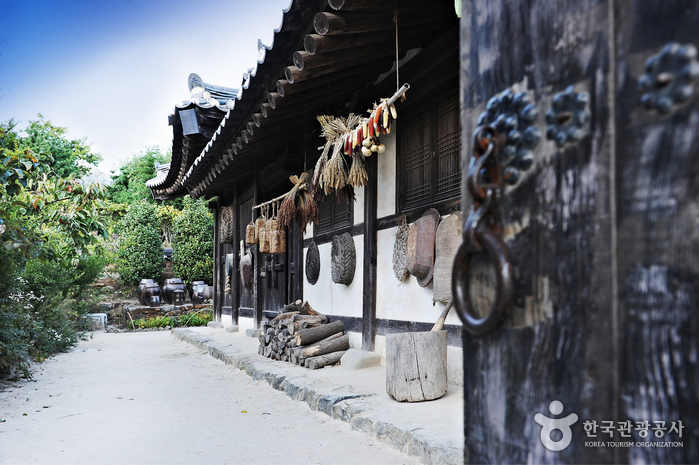
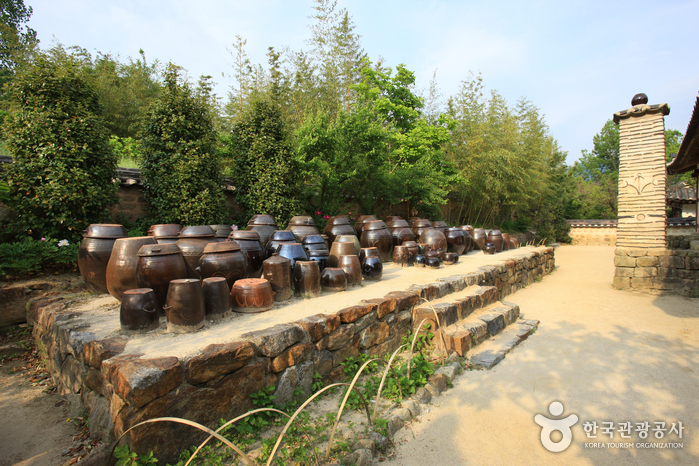
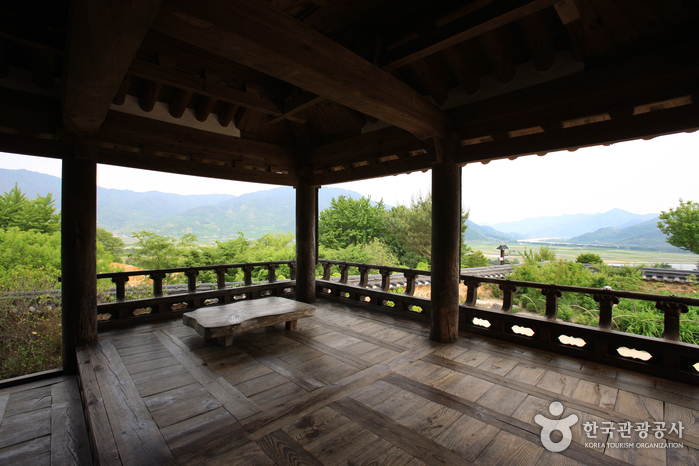
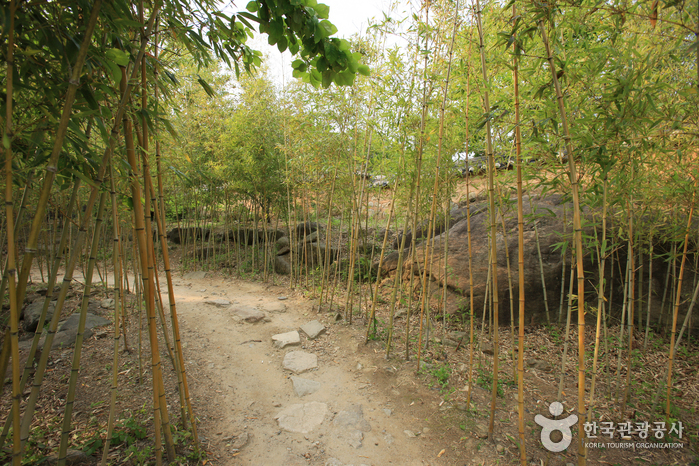
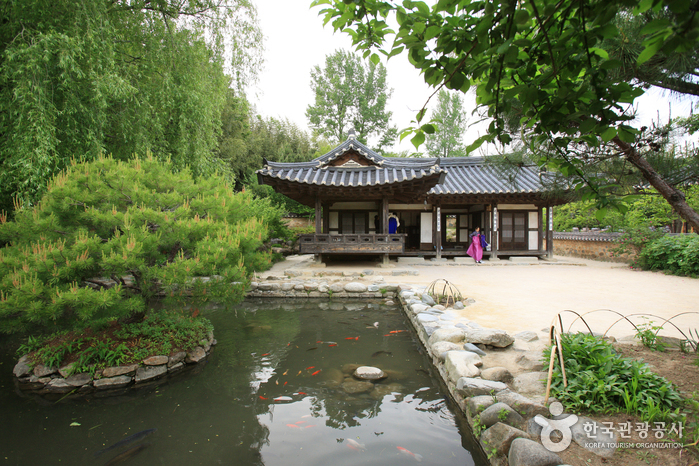
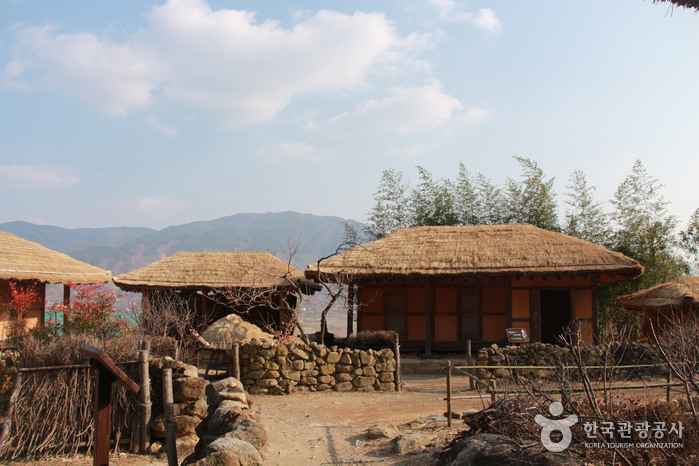
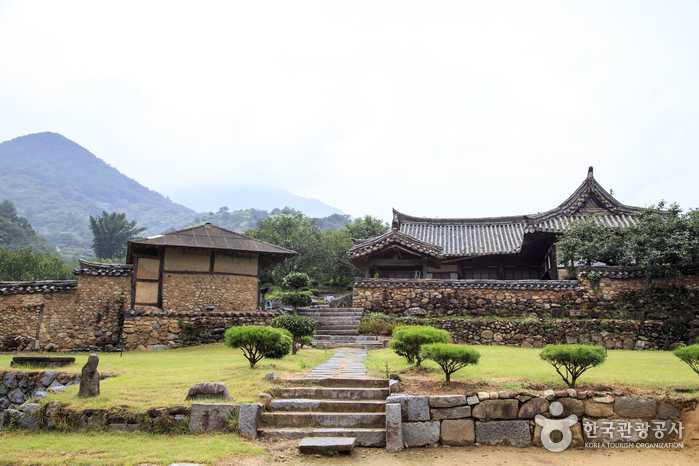
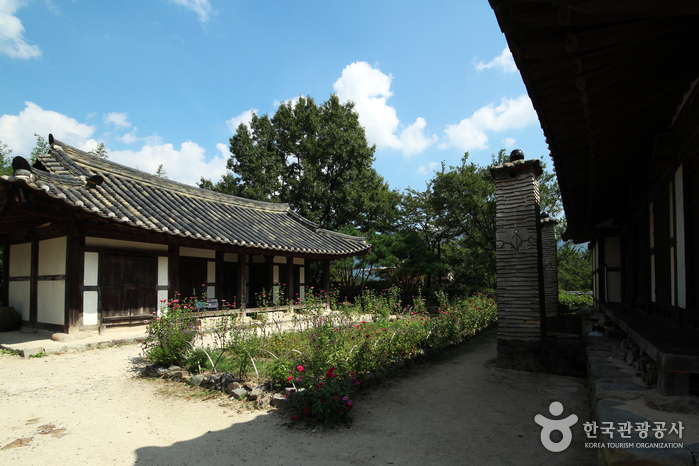
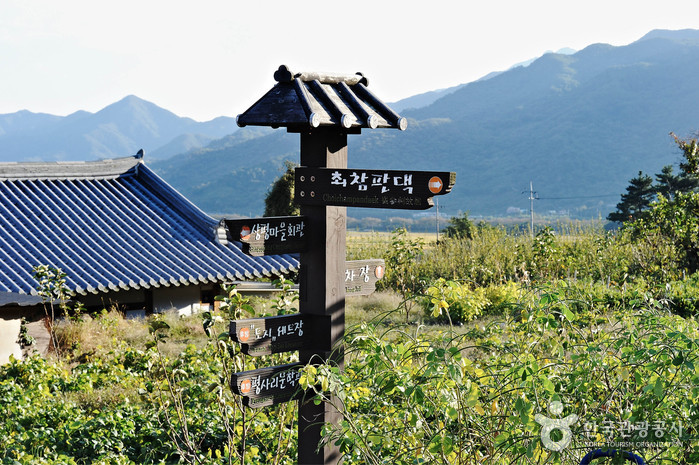
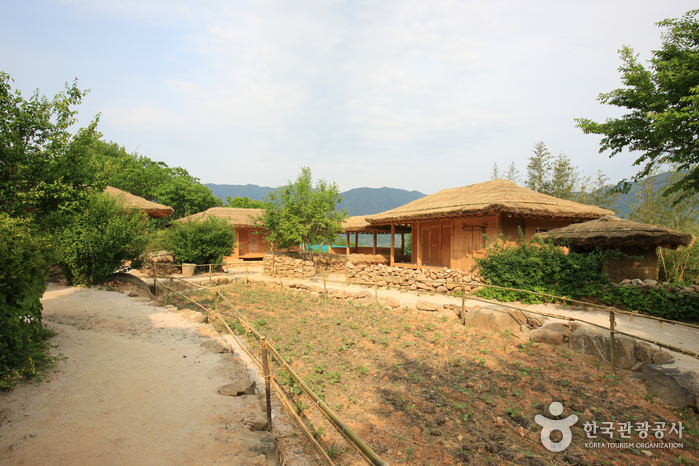
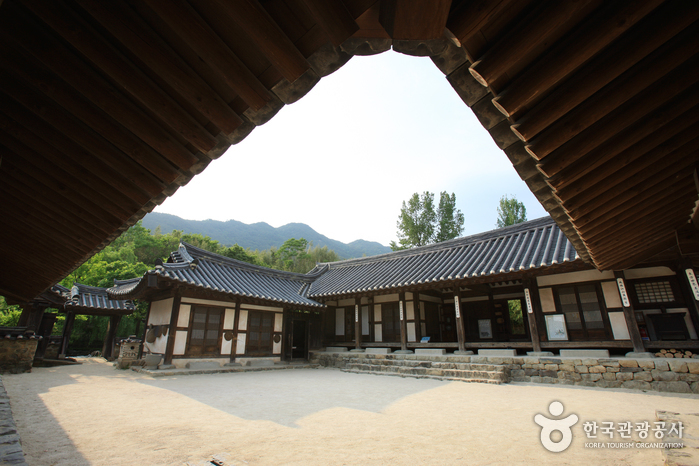
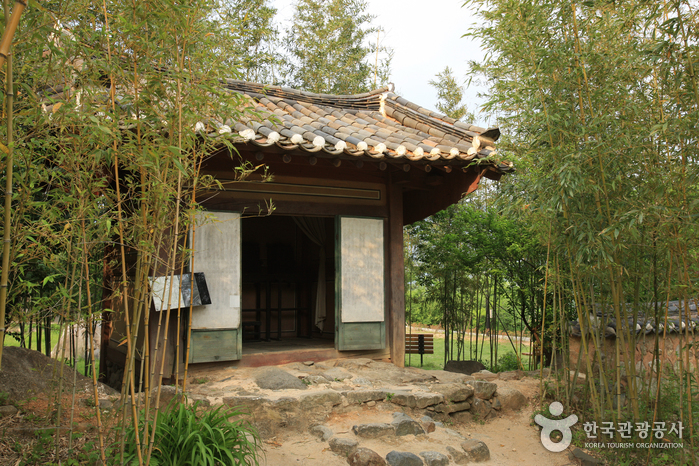
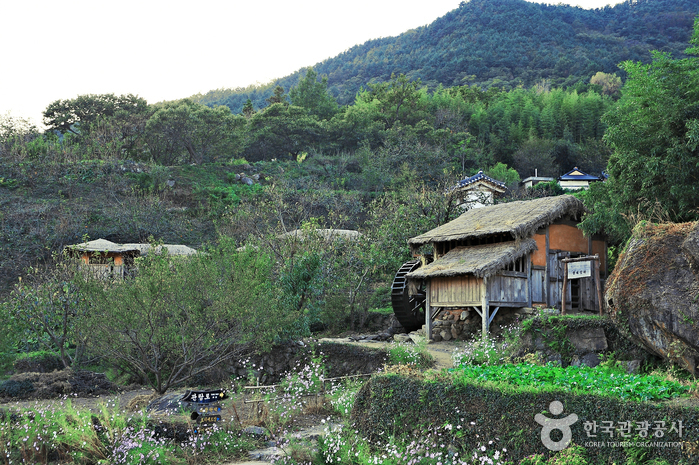
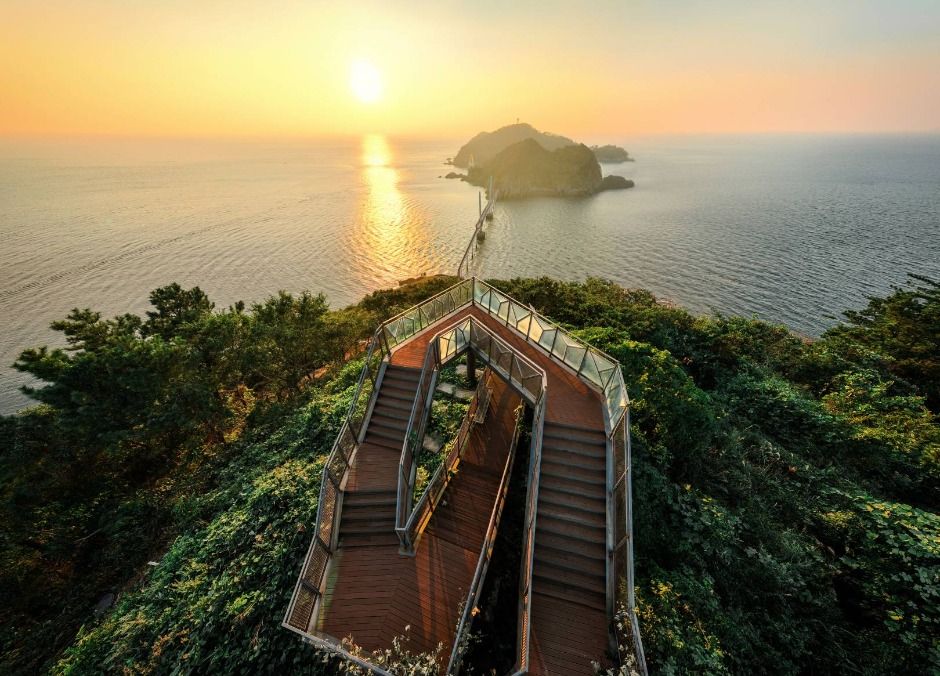
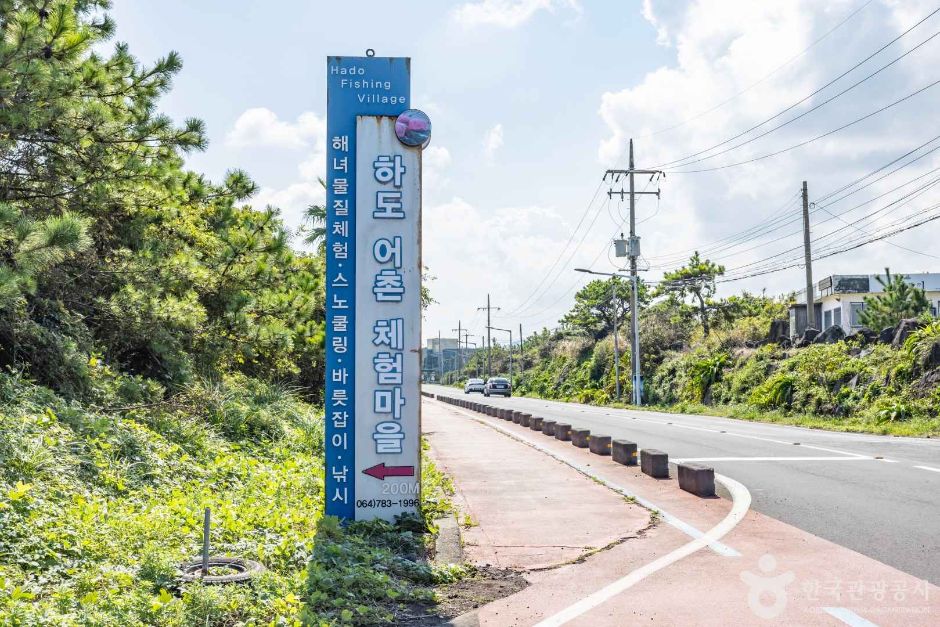
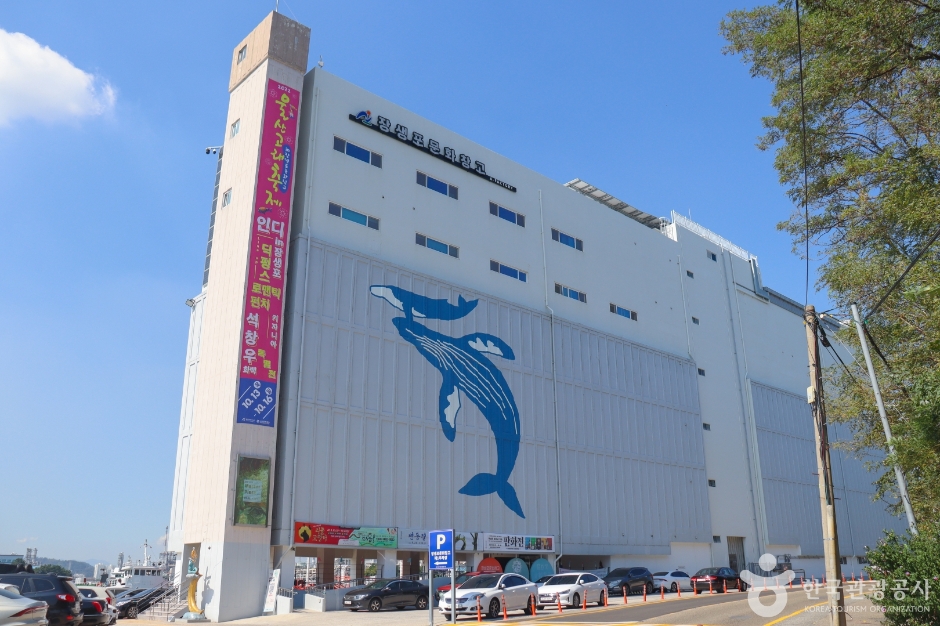
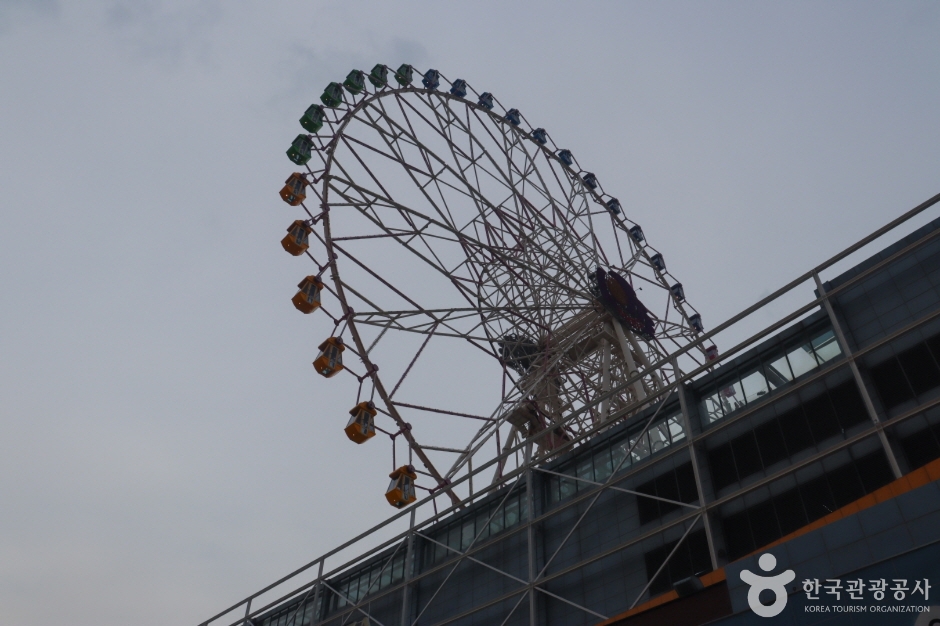

 English
English
 한국어
한국어 日本語
日本語 中文(简体)
中文(简体) Deutsch
Deutsch Français
Français Español
Español Русский
Русский